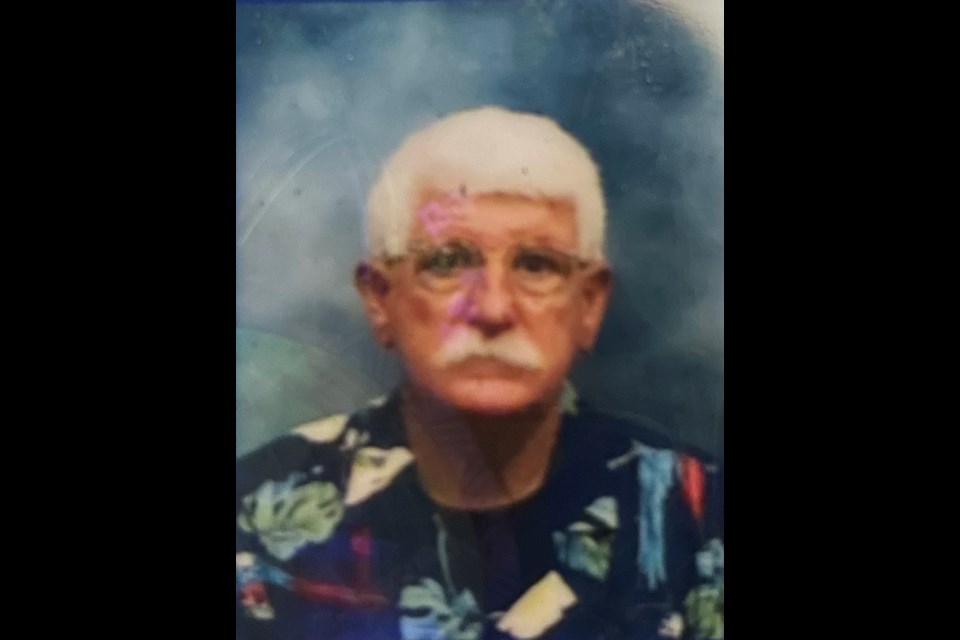What’s missing from the emotional and public discussion about allowing students to arm themselves on college campuses is what actually happens in a shooting. Bullets can, and do go, everywhere.
On average, police officers only hit the target three out of every 10 rounds fired. In one officer involved shooting I investigated, two officers fired at a stationary target. The man was 5 feet, 6 inches and weighed over 200 pounds, was unarmed, he’d thrown a knife in the general direction of one officer 20 feet away, the other officer was in the opposite direction 25 feet away. Seventeen rounds were fired by the officers, one round hit the subject, while the rest of the rounds ranged vertically from an inch off the ground to 6 feet, 1 inch, and horizontally over 12 feet. I can only imagine where the 16 rounds could’ve gone if the shooting happened on a college campus or in a congested neighborhood?
In another officer involved shooting I investigated the bullet traveled through the armed robbery suspect, through an outside stucco wall and into a person’s bedroom, where the bullet lodged in the wall.
Look at the recent shooting of a subject by the Los Angeles Police. The officer fired three rounds, hit the subject twice, while the third round went through a wall and killed a young girl shopping for clothes.
The 9-millimeter round most police carry is designed to penetrate up to 18 inches, go through glass, wallboard and even metal, and still being able to incapacitate a subject. Bullets can travel hundreds and hundreds of yards before falling to the ground.
And bullets falling to the ground are responsible for countless injuries and even deaths. One only needs to read about Shannon’s Law and what happens to innocent citizens when bullets are fired and don’t hit a specific target.
While the Arizona State Senate sells their idea of enhanced safety by allowing persons with Concealed Weapons Permit (CWW) to carry a gun on a college campus, they’re oversimplifying the reality of possessing a CCW permit.
In Arizona, a CCW permit requires not much more than paying the fee and filling the application. There is no requirement to demonstrate any kind of proficiency with a firearm. Having been in the military, and possibly having qualified with a rifle, isn’t a qualifier to carry a pistol.
Then there’s the issue of a person with a gun, who has the best of intentions, who is thought to be a threat by another armed citizen or the police.
While working undercover, I was involved in three situations where police officers thought I was a criminal suspect. The situations were tense, as I was in the sights of a police officer’s handgun and shotgun. Had I responded in the wrong manner, there’s no doubt I would’ve been shot.
At the end of the day, carrying a gun is no guarantee of safety. Using a gun carries a heavy price. I pity the person who makes a bad decision in the use of deadly force, who faces criminal and civil prosecution as well as knowing that someone was injured or died because of them. It’s not to be taken lightly, especially when the slightest possibility exists that an innocent person may fall due to a bad decision, even if it's with good intentions.
East Valley resident Bill Richardson is a retired Mesa Police Department master police officer who writes frequently on law enforcement matters.



